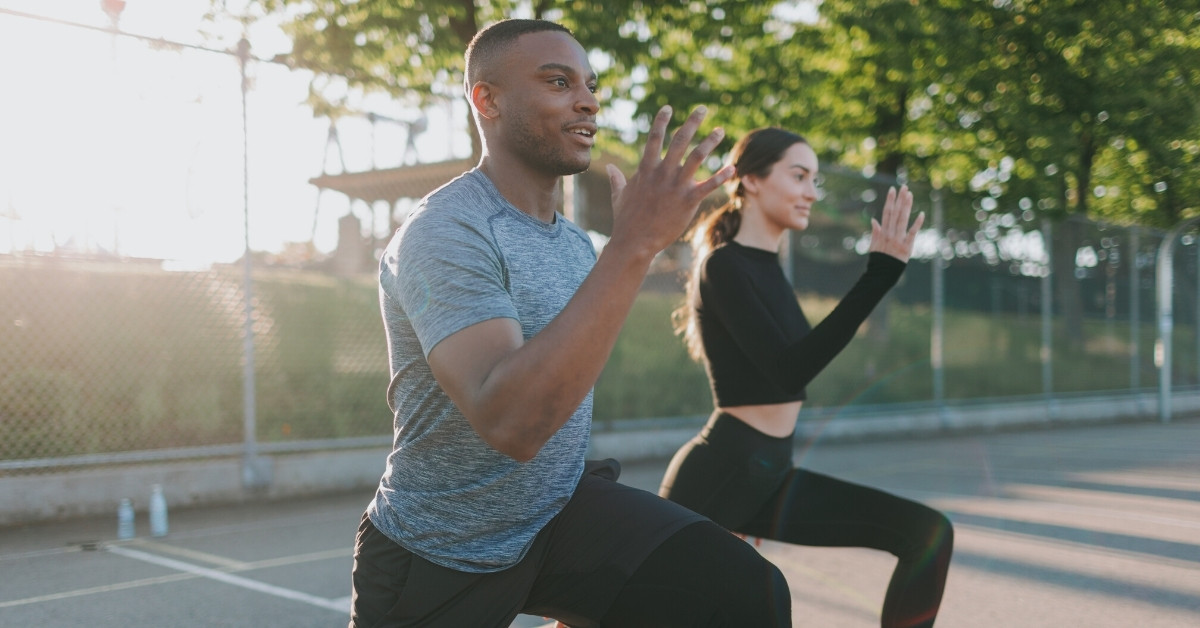When you have tight muscles and stiff joints, this can be something that can negatively affect your quality of life. Inflammation can wreak havoc on your body, especially when it comes to your joints. This impacts your joint mobility, making it harder to enjoy things that you once loved to do. One of the problems is that there may not always be an agreement about what you can do to improve joint mobility.
Reading on, you can learn about some great joint mobility exercises you can do and which blood tests can help you determine if inflammation is a problem in your body.
Joint Mobility Exercises to Help Improve Flexibility & Performance
Some studies show that there may even be more benefits to the person by doing mobility exercises over just doing warmups before working out. You can still do static stretches to warm up before your workout,t but doing these exercises every day can benefit you in the long run because it can gradually improve your performance and flexibility over time. This section will look at some of the many joint mobility exercises you can do.
1. Ankle Mobility
When you have solid ankle mobility, this allows you to have better balance. You will notice that you are falling less, which can also improve your performance during activities like deadlifts or squats. No equipment is required for this exercise. This specific exercise focuses on plantar flexion and ankle dorsiflexion. To do this exercise, follow these steps:
- Stand up tall next to a wall.
- Put one of your hands on the wall to help support you.
- Start to slowly rock forward onto your toes until you come into a tip-toe position.
- Start to rock backward onto your heels slowly, then lift your toes so they are off the ground.
- Repeat the previous steps 10 times.
2. Walking Hip Openers
The hip joint comprises of a ball and socket, which can move in all directions. Hips are crucial to your body’s balance and stability, which is why this can be an essential joint to workout regularly. There is no equipment required for this exercise. This exercise focuses on your hip flexors, glutes, hip adductors, hip abductors, and hip extensors. To do this exercise, follow these steps:
- Stand up tall, ensuring that your stance has your feet hip-width apart.
- Keep your feet firmly planted on the ground, then start to lift the left knee to your chest.
- Start to make a circle with your left knee, bringing it up and then across your body, then going to the outside and back down.
- Put your left foot back onto the ground, standing firmly on it, then repeat these steps on your right side.
- Repeat the previous steps 10 times. After that, repeat the sequence over again but move your legs in the opposite direction than what you did the first time.
3. Thoracic Spine Windmills While on the Floor
The thoracic spine is located right in the middle of your back, the area right from the base of your neck to the bottom of your rib cage. When you have good mobility in this area of the spine, you are better able to move your arms freely above your head. When you have poor mobility here, this can lead to shoulder pain and other issues including upper back pain and poor posture. For this exercise, you will need a foam roller. This exercise works out the obliques, spine stabilizing muscles, upper back, and core. To do this exercise, follow these steps:
- Start by laying on the floor on your side.
- Bend your knees and your hips to just over 90 degrees, resting the knees next to you on the floor.
- Straighten your bottom leg, then rest the top leg on a foam roller or towel, keeping your top leg in the same position.
- Extend both of your arms together along the floor, straight out in front of the body. Your arms should be stacked with your palms together, even with your shoulders at shoulder height.
- Start slowly lifting your top arm, rotating it away from you, and opening your chest to the ceiling. Then, rotate both your head and trunk until your hand is on the other side of the body if this is possible for you.
- Hold this position for about 3 seconds, then slowly start to bring it back around to touch your other hand.
- Repeat these steps 5 times on each side.
Bloods Tests That Can Detect Inflammation
3 different tests can be used to detect inflammation in the body: ESR blood test (erythrocyte sedimentation rate), C-reactive protein, and plasma viscosity. This section will take a closer look at these different blood tests.
ESR Blood Test
The ESR blood test measures the rate at which the body’s red blood cells become separated from the plasma, then fall to the bottom of the test tube. A high ESR indicates that there is inflammation located somewhere in the body. It’s important to know that this level does increase as you get older and ESR levels tend to be higher in women.
C-Reactive Protein (CRP) Blood Test
Also sometimes referred to as acute-phase protein, the CRP levels increase if you have specific diseases that can cause inflammation. This test only accounts for this protein, whereas the ESR test takes account of many different proteins.
Plasma Viscosity (PV)
This testing is not as widely used as ESR testing but can still detect inflammation in the body.
Conclusion
Inflammation can significantly impact your joints, and blood tests can help you determine if this can cause your issues. Once you know there’s a problem, you can start a routine of different joint mobility exercises that can help you regain and improve flexibility and performance. This means you can return to the activities you do.
Are you looking to enhance your joint mobility and performance? Contact EVOLVE patient care to optimize your hormone health and joint health.






